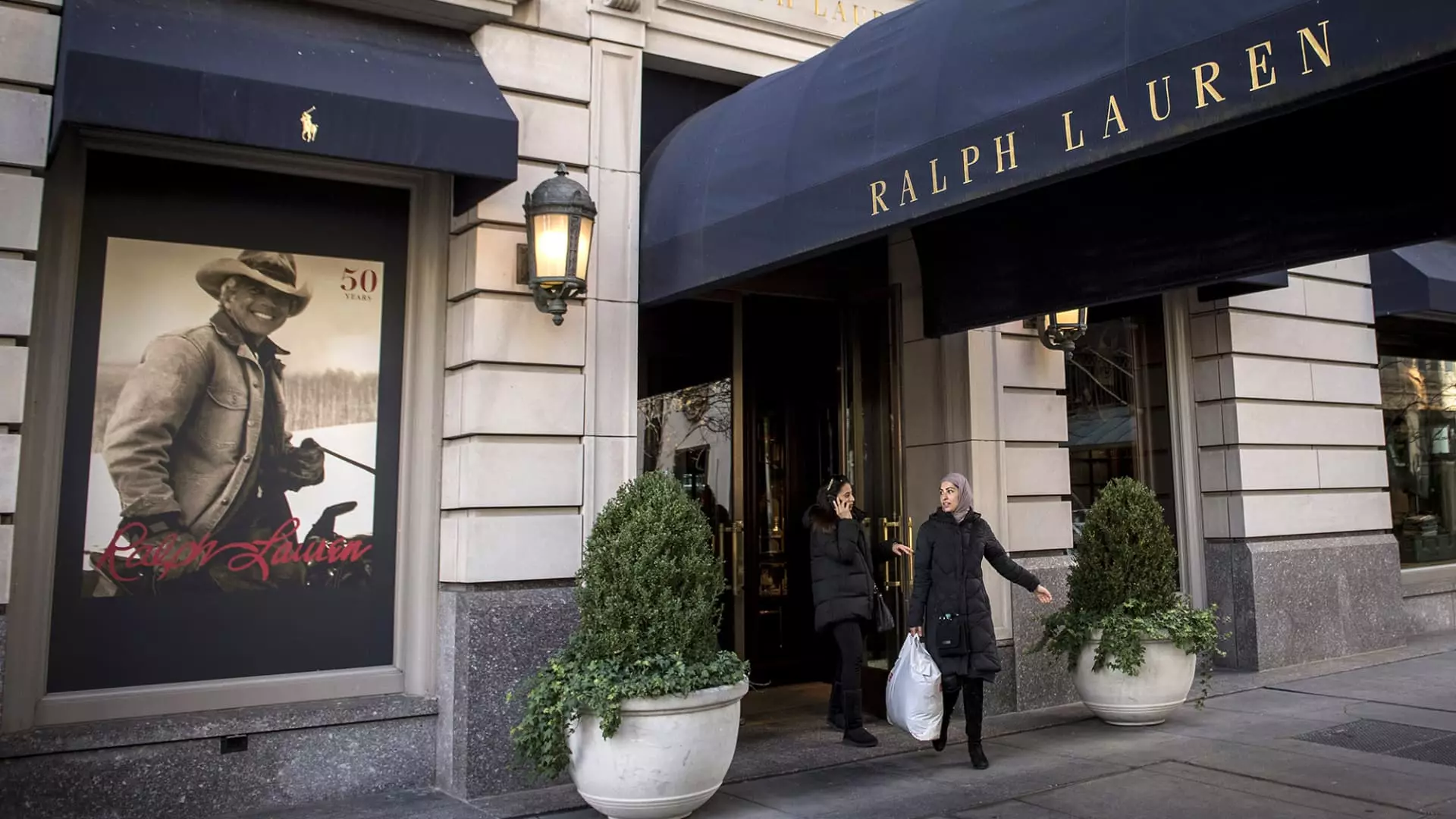In the murky waters of the stock market, certain companies are making headlines for both commendable and questionable reasons. Ralph Lauren, for instance, recently enjoyed a 2.8% uptick after Goldman Sachs upgraded its stock from neutral to buy. While the immediate reaction seems positive, one must question the sustainability of this momentum. The narrative that Ralph Lauren has limited exposure to tariffs presents a sense of security; however, the broader implications of fluctuating consumer behavior in the fashion industry remain largely unaddressed. Fashion is a fickle mistress, and any company relying solely on analyst upgrades may find itself stranded in an unpredictable market.
The Tech Surge and Its Fragility
Duolingo’s 1.5% rise after an upgrade from Citizens JMP Securities paints a rosy picture of the language-learning app’s future, particularly with the promising Max subscription model. Yet, while the attractiveness of Duolingo’s valuation may entice investors, the underlying question remains: how pervasive is the reliance on subscription-based revenue models? As competition in EdTech grows fiercer, Duolingo’s ability to innovate and sustain its user base will ultimately determine whether its stock remains buoyant or begins to sink.
Conversely, the coal sector is rearing its head again. Peabody Energy soared by 4.8% following President Trump’s endorsement of coal as a key energy resource on Truth Social. This spike may be interpreted as a positive sign for conventional energy sectors, yet it also poses an uncomfortable contradiction in a world increasingly advocating for renewable sources. Are investors turning a blind eye to the inevitable shifts toward sustainability and climate consciousness? The coal industry’s momentary revival raises eyebrows and concerns about whether this is a strategic investment or a fleeting oversight of environmental futures.
Disappointments and Setbacks in Industry Titans
Despite many stocks rallying, other notable companies face starker realities. Hallador Energy experienced a disconcerting 6% decline as they missed revenue expectations. When a company fails to align its performance with analyst predictions, the fallout can be severe, signaling deeper operational struggles that go beyond mere number discrepancies. But do analysts ever consider the broader economic challenges influencing performance? Perhaps they should be held accountable for setting unattainably high benchmarks.
Meanwhile, Sarepta Therapeutics took a catastrophic hit, plummeting over 25% after a tragic death linked to its treatment, Elevidys. While the company stated liver injury is a known risk, facing such a stark reality exposes the thin line between progress in biotechnology and the pressing ethical dilemmas it faces. Are investors willing to stake their beliefs on companies wrestling with such profound moral hazards?
The Wild Ride of Electric Vehicles
Tesla, the poster child for electric vehicles, took a tumble of 3% amid increasing competition and analysts cutting price targets. As Tesla grapples with fluctuating stock performance, one can’t help but wonder: is the electric vehicle gold rush heading toward a saturation point? Competing companies are rapidly developing their technology and consumer bases, challenging Tesla’s status as the undisputed leader.
The juxtaposition of winners and losers in today’s market is striking. The ride may be thrilling, but one emerges with the sobering realization that the dance of investment is a precarious one, riddled with both triumphs and tragedies. Are we, as investors and consumers, accurately reading the signs, or are we merely drifting along in a frenzy of enthusiasm, blind to the potential pitfalls looming just on the horizon?

